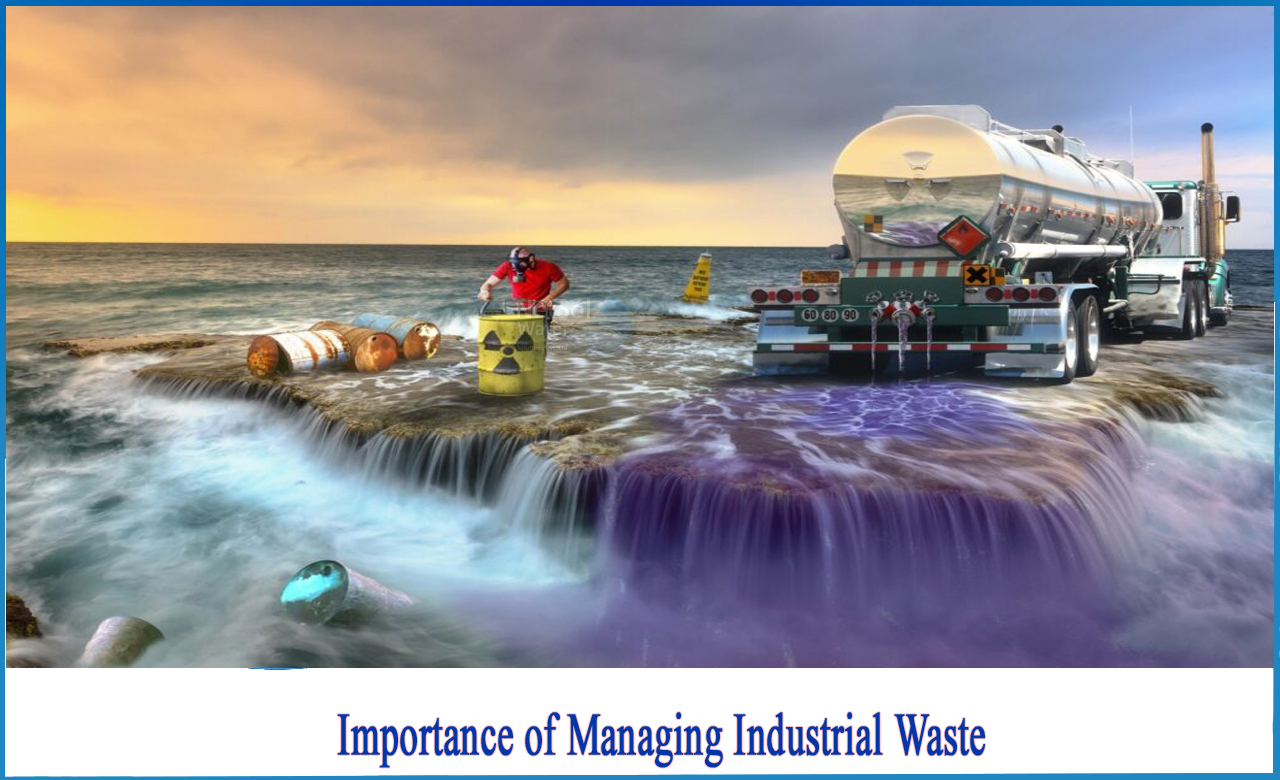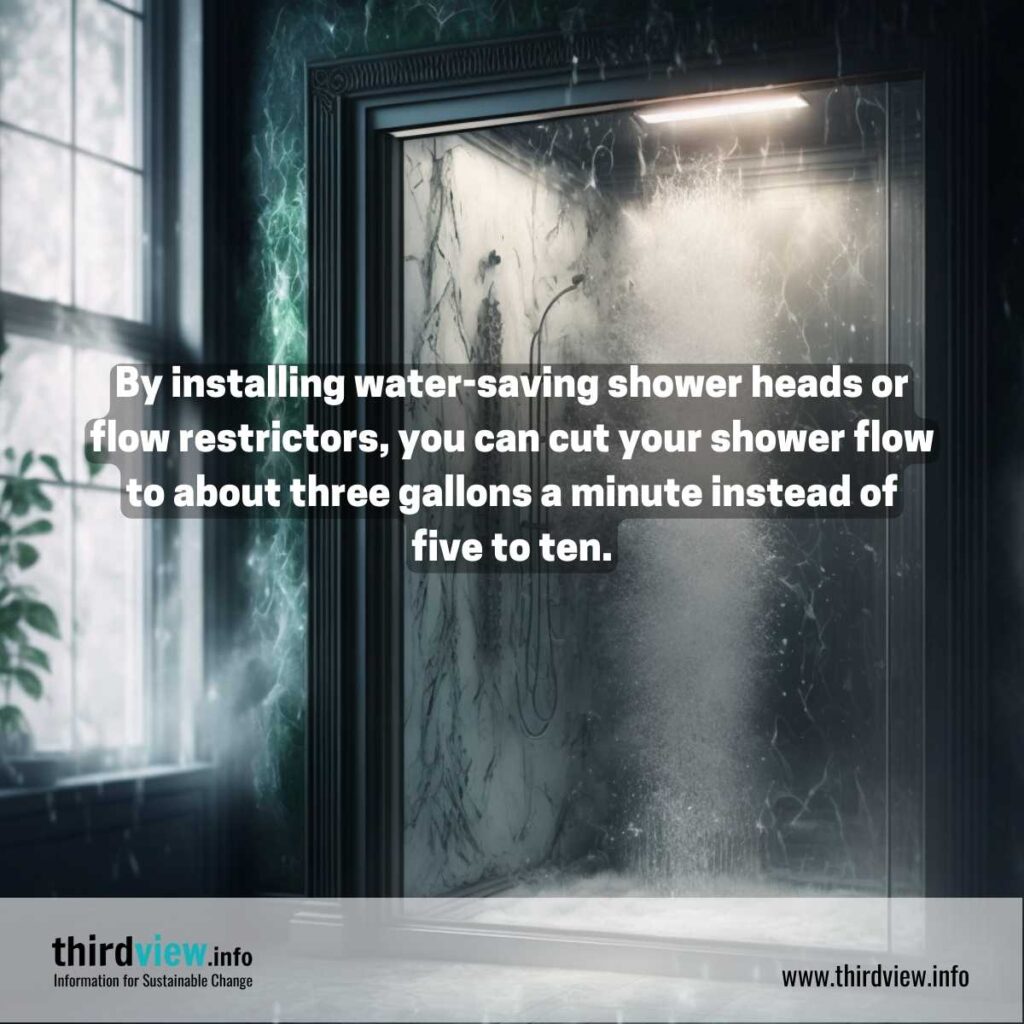The Best Strategy To Use For Reclaim Waste
The Best Strategy To Use For Reclaim Waste
Blog Article
The Reclaim Waste Ideas
Table of ContentsNot known Factual Statements About Reclaim Waste The Reclaim Waste Ideas10 Easy Facts About Reclaim Waste DescribedThe Greatest Guide To Reclaim WasteAn Unbiased View of Reclaim Waste
Residential sewage waste refers to the waste and items from a domestic septic container. The correct management and disposal of residential sewer waste need fluid waste to be moved to a sewage therapy plant where the correct techniques and tools are used to purify and dispose of waste.
Industrial waste often includes prospective dangers, such as flammable materials or a blend of liquid and strong waste products, and calls for an advanced and comprehensive disposal process. The disposal of commercial waste typically includes the filtration of waste prior to transportation to guarantee safe and appropriate disposal. Hazardous waste is produced from results and runoff of industrial procedures and manufacturing.
This type of waste can not utilize the very same sewer administration transport or procedures as septic or industrial liquids. The commercial waste management process requires the evaluation and testing of fluid waste prior to it undertakes the disposal procedure (liquid waste disposal). Runoff waste is the liquid waste that originates from runoff and excess stormwater in extremely populated locations or cities
Overflow waste can trigger contamination and flooding if not taken care of effectively. Ensuring proper waste management can avoid calamities and decrease environmental harm.
Indicators on Reclaim Waste You Need To Know
Contact PROS Services today to learn about our waste monitoring and disposal services and the appropriate ways to take care of the liquid waste you generate.
(https://zenwriting.net/reclaimwaste1/innovative-industrial-wastewater-treatment-solutions-by-reclaim-waste)Do you recognize what takes place to your water when you end, purge the bathroom or drain pipes the cleaning device? No? Well, it deserves knowing. This supposed 'wastewater' is not just a vital resource but, after therapy, will certainly be released to our land, rivers or the sea. Used water from bathrooms, showers, baths, kitchen area sinks, washings and industrial processes is referred to as wastewater.

water used to cool equipment or clean plant and devices). Stormwater, a kind of wastewater, is runoff that flows from farming and metropolitan locations such as roofs, parks, yards, roadways, paths and rain gutters into stormwater drains, after rain. Stormwater streams neglected directly to local creeks or rivers, at some point reaching the sea.
Reclaim Waste for Beginners
In Queensland, many wastewater is dealt with at sewer treatment plants. Wastewater is transferred from domestic or industrial websites via a system of sewers and pump stations, referred to as sewage reticulation, to a sewage treatment plant. Local governments construct, keep and run most sewer treatment plants. Operators are certified under the Environmental Management Act 1994 to release cured wastewater at an appropriate environmental standard right into waterways.
The Department of Natural Resources encourages neighborhood federal governments about handling, operating and maintaining sewerage systems and therapy plants. In unsewered locations, city governments might call for homeowners to mount specific or family sewage treatment systems to deal with residential wastewater from bathrooms, cooking areas, bathrooms and laundries. The Division of Natural Resources authorizes using family systems when they are verified to be reliable.
In some new neighborhoods, therapy of some stormwater to eliminate litter, sand and crushed rock has started utilizing gross pollutant catches. Wastewater treatment takes place in 4 phases: Eliminates strong issue.
Uses small living organisms knows as micro-organisms to break down and remove staying liquified wastes and fine bits. Micro-organisms and wastes are included in the sludge.
Some Known Questions About Reclaim Waste.
Nutrient removal is not offered at all sewer treatment plants due to the fact that it about his calls for pricey specialized tools. Clear fluid effluent created after therapy may still consist of disease-causing micro-organisms - liquid waste removal.

Most wastewater moves into the sewage system. Under the Act, neighborhood governments administer authorizations and permits for environmentally relevant activities (Ages) including wastewater releases that might have a regional impact.
Some Ideas on Reclaim Waste You Should Know
Or else, examples are taken for research laboratory evaluation. Typically numerous examinations are required to establish the levels of each of the different toxins such as oils, heavy steels and chemicals in water. Monitoring supplies valid information regarding water high quality and can confirm that licence problems are being fulfilled. The information gotten through monitoring provides the basis for making water high quality decisions.
Report this page